Curiosities & Collections: Arizona’s Must-See Museums
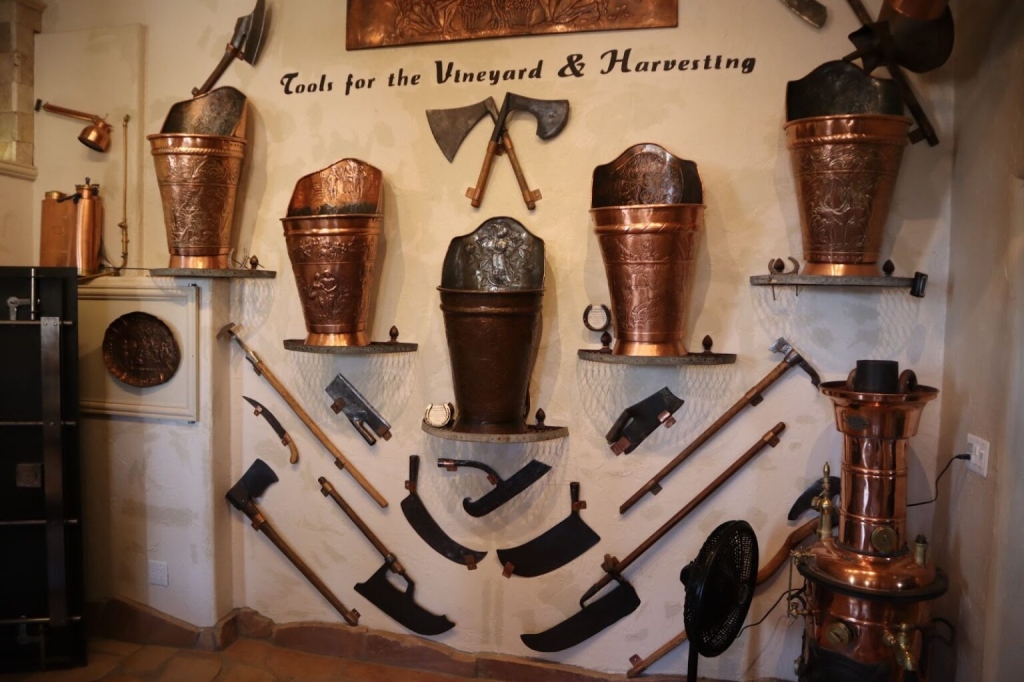
Writer Joseph J. Airdo
From a treasure trove of copper artifacts to havens for train and car enthusiasts, Arizona’s museum scene is as diverse as its stunning landscapes. While the state is home to world-renowned institutions that showcase its rich history and vibrant arts and culture, it also boasts a number of hidden gems that are sure to surprise and delight visitors.
Take, for example, the Arizona Copper Art Museum in Clarkdale. Housed in a former high school, this 2023 TripAdvisor Travelers’ Choice winner showcases the history of Arizona’s copper industry through a massive collection of more than 7,000 copper art pieces and artifacts, some dating back to the 16th century.
Train enthusiasts won’t want to miss the Gadsden-Pacific Division Toy Train Operating Museum in Tucson. This nonprofit museum, which began as a club of just 25 individuals in 1980, has grown to include more than 130 members and features operating toy train layouts in a variety of gauges, from Z to G. Visitors can even operate the trains and accessories themselves by pushing buttons located throughout the 6,000-square-foot display area.
And then there’s Art Car World in Douglas. Still under construction, this museum promises to be the first of its kind dedicated entirely to the celebration and preservation of the art car movement. Currently open by appointment only, it showcases a permanent collection of 42 popular art cars, hosts rotating exhibitions and produces special art car events throughout the year, including the magnificent ArtCar Fest.
While these three museums offer a tantalizing glimpse into the diversity of Arizona’s museum scene, they are just the tip of the iceberg. This month, Images Arizona takes its readers on a tour of some of Arizona’s most unique and unusual museums that offer a glimpse into the state’s lesser-known stories and passions. So get ready to explore, learn and have your curiosity tickled and your sense of wonder engaged this summer!
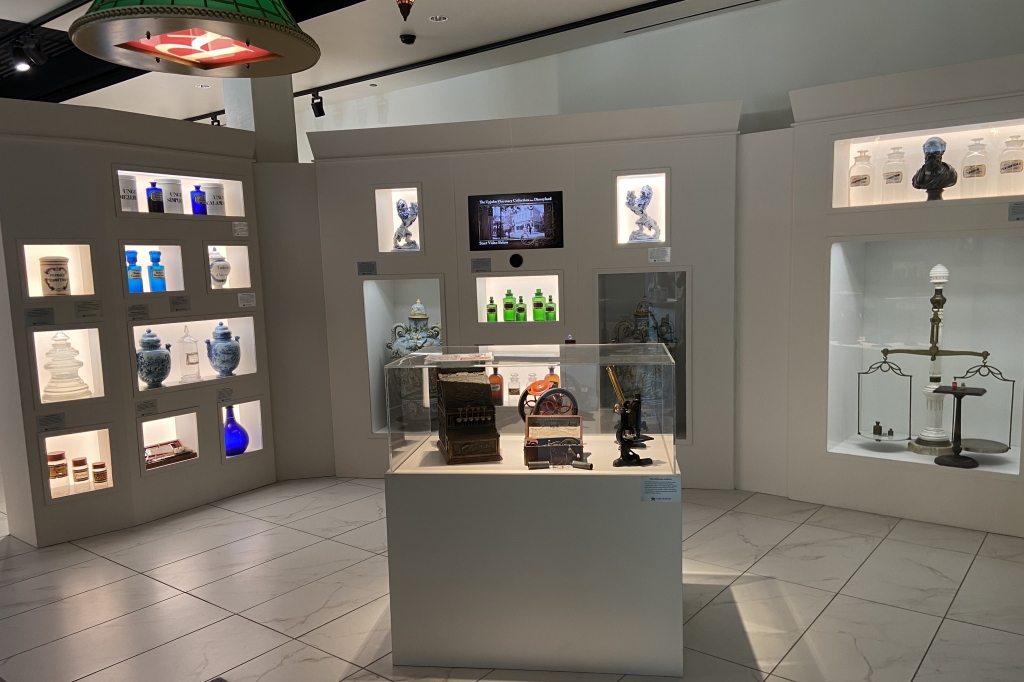


Coit Museum of Pharmacy and Health Sciences
Located on the University of Arizona campus in Tucson, the Coit Museum of Pharmacy and Health Sciences offers a captivating journey through the history and future of pharmacy.
“Housing a collection of more than 10,000 historical artifacts, the museum uses state-of-the-art technology and design to offer a glimpse into the world of pharmacy from its very beginning, the past, to where it is today and its progression toward the future,” says Theodore G. Tong, PharmD, professor of pharmacy practice, pharmacology and toxicology at the University of Arizona College of Pharmacy.
The museum’s origins trace back to 1966, when pharmacist and hobby historian Jesse Hurlbut donated his extensive collection to establish the History of Arizona Pharmacy Museum. Over the decades, the collection grew, transforming from a single exhibit to a world-renowned museum. In 2021, thanks to the generous support of alumnus R. Ken Coit, the museum moved into a new, centralized space and was renamed the Coit Museum of Pharmacy and Health Sciences.
Today, visitors can explore both the “old” and “new” parts of the museum, which collectively showcase the evolution of pharmacy. The museum’s mission is to connect people to the histories of pharmacy and health sciences through engaging exhibits and interpretations.
“Its purpose is to provide opportunities for present and future generations of Arizonans to appreciate, enjoy and learn from these histories,” Tong says.
One of the museum’s crown jewels is the Upjohn Pharmacy collection from Disneyland. This prestigious collection, originally displayed on Main Street U.S.A. from 1955 to 1970, features authentic pharmaceutical antiques from around the world, some dating back centuries. The Upjohn Pharmacy at Disneyland was a unique blend of nostalgia and innovation, showcasing both a replica 1890s apothecary and a midcentury, technology-driven space.
Other highlights include the Dr. Mary Estill Caldwell collection, honoring a pioneering woman in Arizona’s health science history, and an unusual artifact: notorious gangster John Dillinger’s chewing gum, collected from under the counter of Tucson’s Owl Drugstore in 1934.
“Artifacts seen in the museum’s collection include many objects aimed at preserving, interpreting and showcasing pharmacy’s historic and current links to the health sciences and disciplines, along with the discovery and development of new medicines and cures,” Tong notes.
Exhibiting antique pharmaceutical manufacturing equipment to drug dosage forms, precision medicine and drugstore nostalgia, the Coit Museum of Pharmacy and Health Sciences is currently open by appointment only, with regular hours set to return later this year.
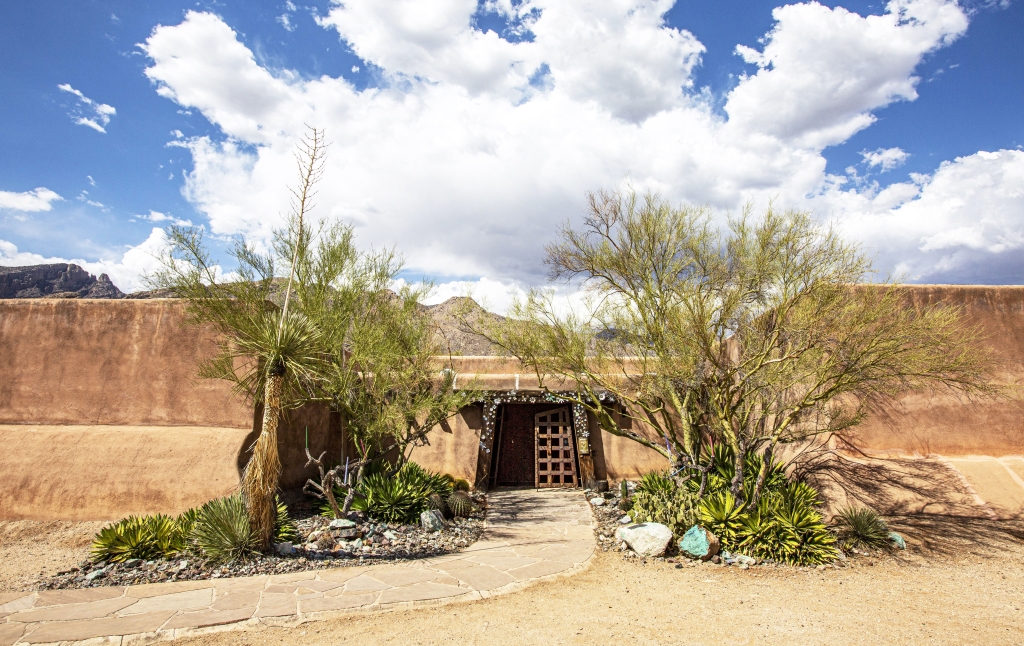


DeGrazia Gallery in the Sun
Nestled in the foothills of the Santa Catalina Mountains, the DeGrazia Gallery in the Sun is a 10-acre national historic district, designed and built by acclaimed Arizona artist Ettore “Ted” DeGrazia, that offers a captivating blend of art, architecture and desert beauty.
Born in 1909 to Italian immigrants in the Morenci mining camp of territorial Arizona, DeGrazia developed a lifelong passion for creating art that depicted the lives and lore of native cultures in the Sonoran Desert. A true Renaissance man, he experimented with various forms of artistic expression, from oil paintings and watercolors to ceramics and bronze sculptures.
In the early 1950s, as Tucson grew near his first studio, DeGrazia and his wife Marion, a sculptor from Upstate New York, sought solace in the isolated foothills property. Inspired by the regional tradition of building a chapel or shrine in thanks, DeGrazia set out to construct an adobe mission from the ground up.
“This is one of the most unique places one can ever visit,” says Lance Laber, executive director of the gallery, noting that DeGrazia’s Yaqui and Tohono O’odham friends helped the self-taught architect with the construction of the gallery from 1959 to 1965. “He used the materials found in the desert to create a very special space.”
DeGrazia designed the gallery entrance to mimic a mine entrance, using copper ore. Inside, visitors are greeted by the awe-inspiring cholla cactus floor, a one-of-a-kind masterpiece.
The gallery houses six permanent collections of paintings that trace the historical events and native cultures of the Southwest. Rotating exhibitions showcase some of the 15,000 DeGrazia originals, including oils, watercolors, sketches, serigraphs, lithographs, sculptures, ceramics and jewelry. Outside, a stunning life-size bronze of the Yaqui Deer Dancer graces the courtyard.
DeGrazia’s deep connection with the Yaqui and Tohono O’odham tribes is evident throughout the gallery.
“DeGrazia was very close with the two Native American tribes in Tucson: the Yaqui tribe, who came from Mexico, and the Tohono O’odham,” Laber shares. “DeGrazia spent much time with both tribes, documenting their histories and legends.”
The gallery’s educational outreach extends to students of all ages, from first-graders to college students, through field trips and lectures. The DeGrazia Foundation also supports the arts and children’s organizations, ensuring that the artist’s legacy continues to inspire future generations.



Ignite Sign Art Museum
Housed in a former hardware store in Tucson, the Ignite Sign Art Museum shines a light on Arizona’s vibrant history through a dazzling collection of vintage signs and neon art.
“Because most historic neon signs are one-of-a-kind, the museum can’t help but be iconic as well,” says Monica Cook, co-owner of Ignite Sign Art Museum. “The museum does include more than neon, but it’s the light we gravitate toward. We believe there’s no other light like neon.”
The museum is the brainchild of Jude Cook, Monica’s husband and a veteran of the sign industry. His passion for preserving these glowing relics of the past led him to open Ignite in fall 2018, after amassing a collection that filled his sign business and home.
“Jude began collecting signs 50 years ago when he first learned to letter signs,” Monica explains. “He collected his first sign during his apprenticeship and has been collecting signs ever since.”
Over the past four decades, Jude has not only created signs but also become a local legend in neon restoration. He has brought 26 of Tucson’s iconic neon signs back to life, as well as many of the signs in the Casa Grande Neon Park. His most recent projects include restoring the historic Tucson Inn neon sign and the Caruoso’s Italian Restaurant sign that was damaged last year during 50-mph winds.
Visitors to Ignite Sign Art Museum are treated to a mesmerizing display of signs dating back more than 75 years, each with its own story to tell.
“The signs originally lit up motels and restaurants on the old driving routes in Arizona,” Monica says. “Here at Ignite, we research the history of the signs and display the information for visitors to read as they peruse the collection.”
Among the museum’s crown jewels is the recently restored mid-century atom from the Mr. Quick Hamburger sign of the 1960s. Other popular photo spots include the 17-foot Arby’s hat and the large, rotating 76 ball.
But Ignite Sign Art Museum offers more than just a visual feast. The museum provides a hands-on educational experience with interactive displays and scavenger hunts suitable for all ages. Visitors also can witness the art of neon bending firsthand.
“Neon benders give live demonstrations, talking about the history of neon and then showing the bending of the tubes into signs,” Monica explains. “Our neon experience classes are very popular.”
For a truly illuminating evening, keep an eye out for Ignite at Night events, when the museum opens after hours to celebrate the completion of a neon sign restoration.
“Some might say the collection is an ‘out of control rescue mission,’ which is partly true,” Monica admits. “We prefer the historic neon signs to be in working condition out in the community, but if they can’t be, they have a home at Ignite.”
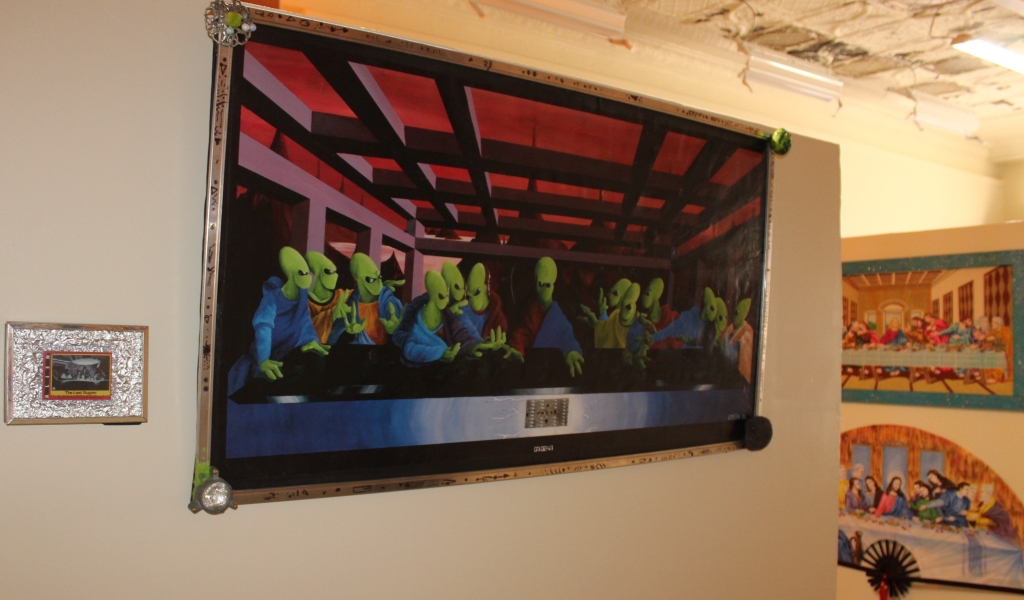


Last Supper Museum, Art and Music Center
Housed in a historic 113-year-old building in the charming border town of Douglas, the Last Supper Museum Art and Music Center showcases an impressive array of Last Supper artwork from around the world.
“All continents are represented, except for Antarctica,” says Trisanne Terrinoni, the museum’s general manager.
The museum’s origins trace back to curator Eric Braverman’s lifelong passion for collecting Last Supper art. His quest led him to the Last Supper Museum in Greensburg, Indiana, and its extensive 50-year-old collection. When the Indiana museum’s owner passed away during the COVID-19 pandemic, Braverman brought the collection to Douglas and merged it with his own.
Now open as a 501(c)(3) charity, the Last Supper Museum Art and Music Center boasts the world’s largest collection of Last Supper art and related items. Visitors can marvel at more than 650 pieces on display, with an additional 2,000 stored in the vault. The museum’s crown jewel is a nearly 30-foot outdoor art display, the same size as Leonardo da Vinci’s iconic Last Supper painting in Milan.
“Local artist and craftsman Adolfo ‘Wacho’ Garcia created the five-panel artwork as a gift to Douglas, Agua Prieta and the largest Last Supper museum collection,” Terrinoni explains. “The original painting is on recycled corrugated metal, and it is installed on the historic Elmo R. Pirtle Building.”
But the Last Supper Museum Art and Music Center is more than just a fascinating collection; it’s also a vital part of the local community.
“We accept donations and provide art and music supplies and mentors for children,” Terrinoni says. “We also work to preserve the 100-year-old buildings of our downtown and promote tourism in the friendly port of Agua Prieta, Sonora, Mexico, where a current ID is the only requirement for entry.”
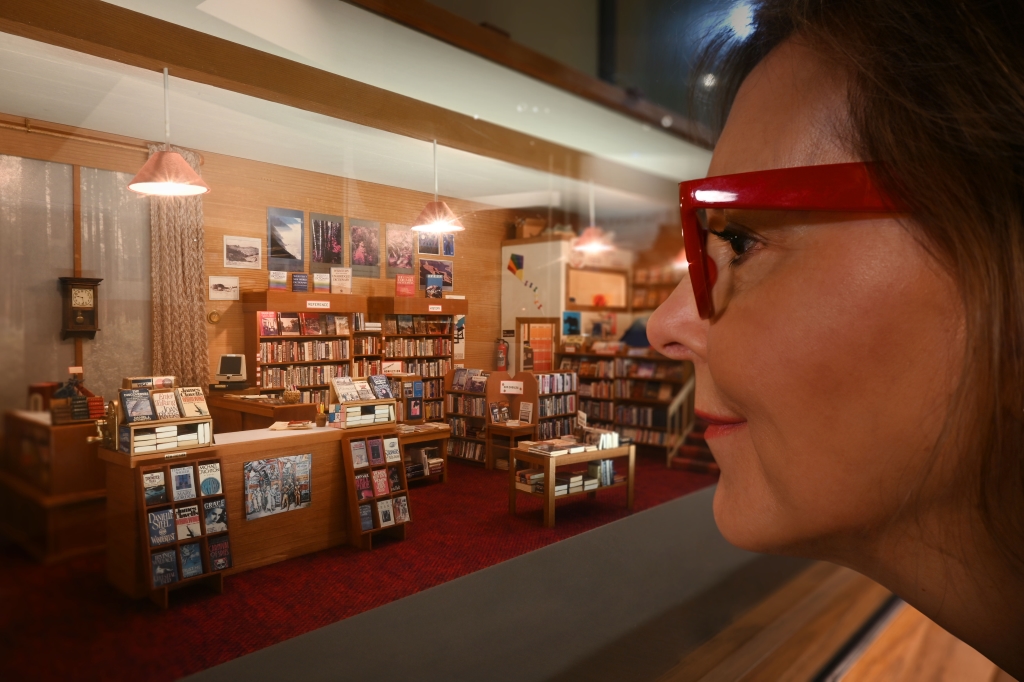


Mini Time Machine Museum of Miniatures
The Mini Time Machine Museum of Miniatures in Tucson transports visitors to different lands and times through the enchanting stories told by more than 500 miniature houses and roomboxes.
The museum’s permanent collection is a treasure trove for miniature enthusiasts and curious explorers alike. Visitors can marvel at antique dollhouses from as far back as 1742, admire the intricate craftsmanship of contemporary fine-scale miniatures, and let their inner child delight in the whimsical collectibles on display.
The Mini Time Machine Museum of Miniatures owes its existence to the passion and vision of its founders, Patricia and Walter Arnell.
“Pat’s fondness for miniatures began in the 1930s, when as a young girl she received her first miniatures,” explains William Russo, the museum’s executive director. “In 1979, Pat began collecting in earnest and the Arnells became very active in the miniature community. The collection grew, and the Arnells dreamed of a way to share it with more people.”
But the Mini Time Machine Museum isn’t just about showcasing miniatures — it’s about celebrating the art form and connecting people through the power of storytelling.
“We believe the cultural and educational contributions of the museum come in many forms,” Russo explains. “From our diversity of miniatures and roomscapes, created by artists from around the world with different backgrounds, cultures and heritages, to the unique exhibits offered by globally recognized creators, we are hopeful to provide an epicenter of cultural and educational diversity in Arizona.”
This summer, the museum is hosting an array of exciting events and exhibitions, such as “The Pencil is Mightier: Art on the Tip of a Pencil,” an exhibit by internationally acclaimed microsculptor Salavat Fidai, open through June 15.
Looking ahead, the museum is gearing up for its most ambitious exhibition to date. Opening in September, “Stages of Imagination: The Iconic Broadway Designs of David Korins” will invite visitors to immerse themselves in the visionary world of Emmy Award-winning, three-time Tony Award-nominated Broadway designer David Korins.
“Our staff and visitors all have their own favorite pieces,” Russo adds. “For some, it is the miniature replica of a real bookstore, featuring over 1,500 handmade tiny books; for others, it is the miniature weaving studio, featuring a fully functional, four-harness miniature loom — complete with an in-progress tapestry. With so many extraordinarily crafted miniatures, there is always something new to see with every visit.”
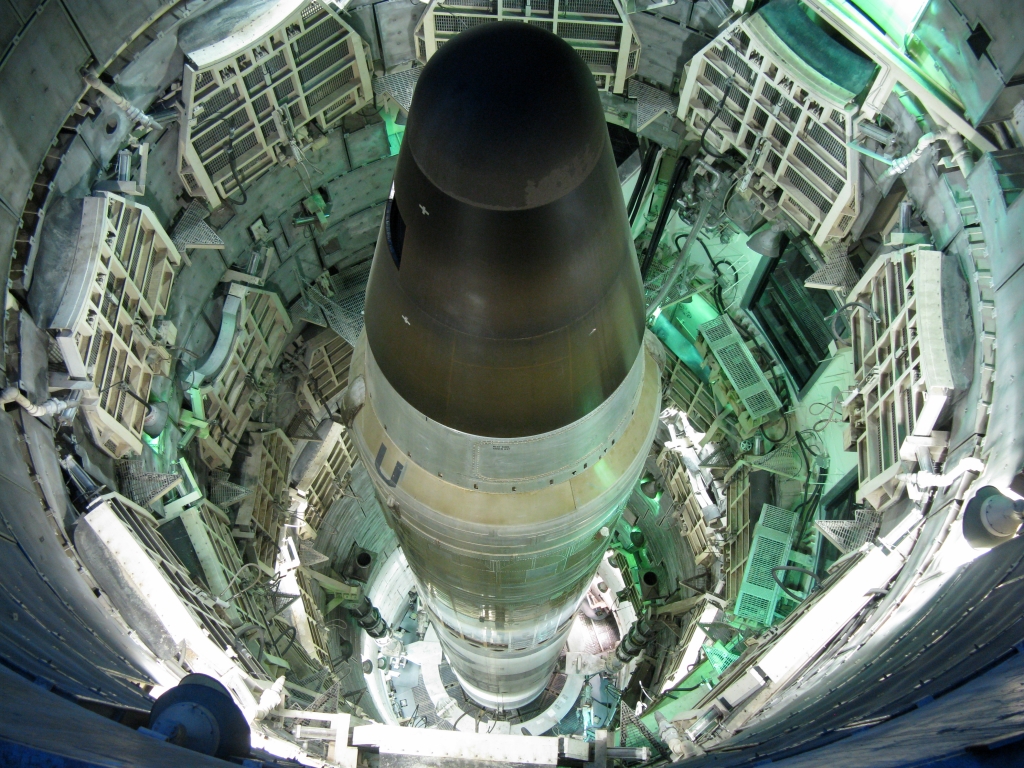


Titan Missile Museum
Located in Sahuarita, just 25 miles south of Tucson, the Titan Missile Museum offers a fascinating glimpse into a period when the threat of nuclear war between the U.S. and the former Soviet Union loomed large.
“The Titan II missile is the largest land-based nuclear weapon the US ever put into operation, standing 103 feet tall with a yield of 9 megatons,” says Bradley Elliott, advertising and social media manager for the Arizona Aerospace Foundation. “There were 54 Titan II silo complexes built, and the Titan Missile Museum is the only one preserved for visitation.”
The tour leads to the command center, where visitors witness a simulated launch sequence that showcases the chilling reality of nuclear warfare. The tour then continues down to the only Titan II still in its missile silo.
The Titan II was a formidable weapon, capable of delivering a 9-megaton thermonuclear warhead to targets more than 6,000 miles away in less than 30 minutes. For more than two decades, from 1963 to 1987, Titan II silos stood at the ready, prepared to launch at a moment’s notice as part of the U.S. strategy of “peace through deterrence.”
“The idea was that the Soviet Union wouldn’t launch nuclear weapons when the U.S. had such a powerful response capability,” Elliott explains. “In this sense, it was successful, and thankfully, a Titan II was never launched in anger.
“Once decommissioned, operation of the museum was given to the Arizona Aerospace Foundation with the requirements that the silo door remain half-closed, a hole be cut in the reentry vehicle showing that the nuclear weapon was removed, and the engines remain off the missile.”
Today, the Titan Missile Museum stands as a testament to Cold War history, playing an important role in educating younger generations about this pivotal period.
“It’s a time capsule displaying the world’s largest arms race, social fears of nuclear war, U.S. ingenuity in science and engineering and much more,” Elliott says.
While summer may be the slow season because of high temperatures, the Titan Missile Museum has recently added new exhibits to enhance the visitor experience.
“We recently added about a dozen examples of fuel transfer equipment to the topside portion of the tour where you can also see the missile’s engines and look down into the silo on a viewing platform,” Elliott says. “The topside portion also now has an audio tour component explaining these exhibits that can be purchased in addition to the underground guided tour.”
But the crown jewel of the museum remains the missile itself.
“The Titan II was also used as the rocket for NASA’s Gemini space missions that practiced techniques and equipment needed for the Apollo mission to reach the moon and return safely,” Elliott adds. “Learning about the daily life of crew members in a Titan II silo and the ingenuity and hard work that went into constructing the silos are common takeaway favorites as well.”
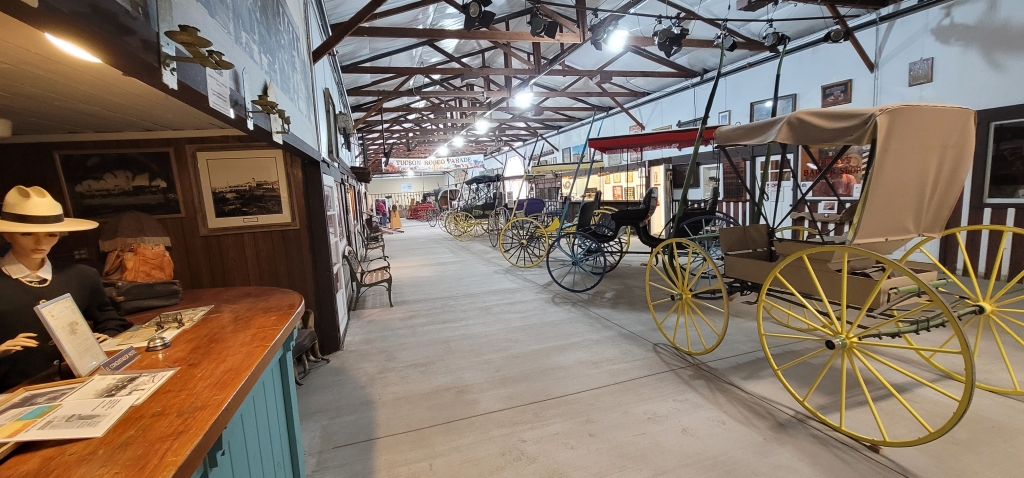


Tucson Wagon and History Museum
Located on the historic Tucson Rodeo Grounds, the Tucson Wagon and History Museum offers a fascinating glimpse into Arizona’s rich past. This one-of-a-kind museum, featured on PBS’s “Antiques Roadshow,” is a must-visit destination for history buffs and curious explorers alike.
“Visitors explore four buildings that house more than 100 horse-drawn carriages and wagons,” says Stan Martin, chairman of the Tucson Wagon and History Museum. “View displays in the historic hangar from America’s first municipally owned airport. Our G-scale model train display takes you back to 1880 when the train first arrived in Tucson.”
The museum’s origins date back to 1925, when the Tucson Rodeo Parade Committee began collecting wagons used in its annual parade. Over the years, the collection grew to include wagons from around the world, those featured in Western movies filmed in southern Arizona and others owned or built by famous local residents. In 1965, the committee opened the Tucson Rodeo Parade Museum to the public, later changing its name to the Tucson Wagon and History Museum to better reflect its focus.
As visitors step into the main adobe building, built in the 1920s to house the sheriff’s livery, they are transported to a bygone era. The walls are lined with an impressive array of exhibits, each telling a unique story of Tucson’s past. From fully equipped blacksmith and saddle shops to a Chinese grocery display, the exhibits offer a vivid portrayal of life in the Old West.
One of the museum’s most striking exhibits is the luxury coach once used by Emperor Maximilian of Mexico and his wife, Carlotta.
“Fully restored to its original condition by an Amish wagon builder, this carriage, commissioned by Napoleon and built in Paris, stands out as an amazing focal point,” Martin notes.
The museum also showcases several historic Tucson businesses, including Cele Peterson’s dress shop, the Stork’s Nest maternity hospital and the original El Conquistador Hotel’s front desk and safe. A new addition under construction is a Chinese grocery display, created in collaboration with the Tucson Chinese Cultural Center, further highlighting the diverse influences that shaped the city’s history.
“Some of our historic wagons include the Tucson Fire Department’s first fire wagon, the Tucson Police Department’s first jail wagon, a buggy used by Sabino Otero (Sabino Canyon is named for him) to move to southern Arizona and Levi Manning, former mayor, developer, rancher and owner of what is now the Tucson Rodeo Grounds,” Martin explains.
Although the Tucson Wagon and History Museum is closed during the summer months, it’s never too early to start planning a visit for the fall or winter. January is an especially exciting time to visit, as the museum hosts its annual “History Relived” program, which brings together more than 25 historic organizations, authors, historians, museums, clubs and other groups from across southern Arizona for a spectacular showcase of the region’s heritage.

